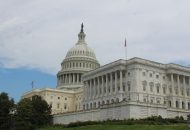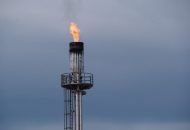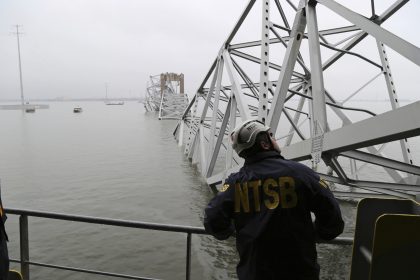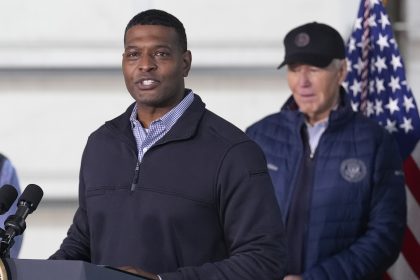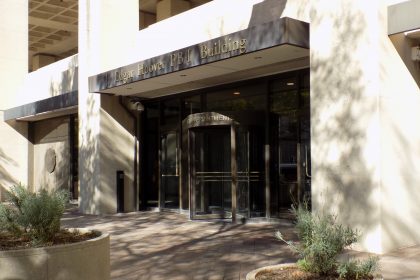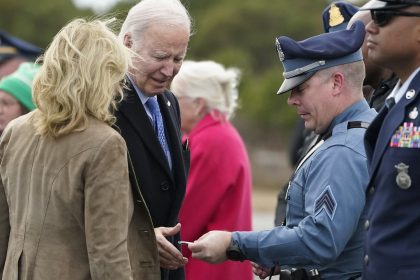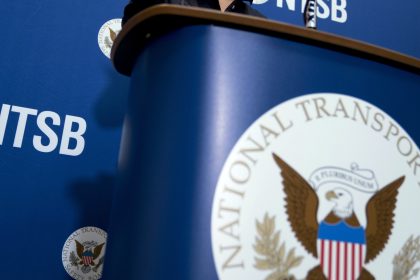FCC Commissioner Says Lack Of Broadband Access Amid Pandemic Is ‘A National Disaster’

WASHINGTON – The coronavirus pandemic has reignited a longstanding debate on the issue of unequal access to broadband internet in America, also known as the “digital divide.”
With thousands of businesses shut down, having access to a reliable internet connection is critical — whether it’s to order groceries, consult a doctor, or renew a driver’s license.
But for some, going online isn’t as easy as it sounds. According to a report by the Pew Research Center, about 10% of the U.S. population — nearly 33 million people — live without the internet.
At a virtual panel hosted on Wednesday by NewDEAL, a Democratic alliance of state and local officials, Jessica Rosenworcel, a member of the Federal Communications Commission, called on leaders to take the coronavirus crisis as an opportunity to tackle the digital divide head on.
“This crisis is really a national disaster, because if you want to maintain some semblance of modern life right now — for work, for school, for health care, for entertainment — you need to go online,” said Rosenworcel, who has long been a champion of the issue. “As with all crises, I think you’ve got to use the momentum from this moment to fix this and build a nationwide plan for broadband for all,” she added.
For students in particular, the internet has become a lifeline during the pandemic as schools pivot to virtual learning, teaching classes and distributing homework online.
But without broadband access at home, students in lower-income communities and rural communities have struggled to keep up.
“This crisis is revealing a very hard truth — our digital divide is real and it’s big and our existing tools to conquer it are insufficient,” said Rosenworcel.
According to federal data, 14% of school-aged children lived in homes with no internet service in 2017. Many of those children came from lower-income families and communities of color.
Access to broadband is disproportionately low in communities of color — only 81% of African-American and 83% of Hispanic children have access to home internet service, versus 88% of White and Asian-American children.
Some school districts have deployed buses outfitted with internet hotspots to allow students to keep learning during the pandemic. The city of Austin, Texas has deployed more than 100 WiFi school buses, parking the vehicles outside apartment complexes in underserved communities.
Students who live in rural areas also tend to have less access to broadband compared to those who live in cities. Rural Americans are 12% less likely than Americans overall to have home broadband service, according to research by Pew.
As part of the $2 trillion CARES Act, Congress included funding for the Department of Agriculture’s Rural Utilities Service, which helps rural communities connect to broadband internet.
In April, the FCC issued its annual report on internet access, which found that 18 million people live without access to broadband in America.
But Rosenworcel said the commission is grossly underestimating that number by relying on inaccurate census data and flawed counting methods. “I know in my bones that number is wrong,” she said, criticizing her own agency.
The number of Americans without internet access at home could actually be as high as 160 million, Rosenworcel said. “It’s an amazing fact that the FCC does not have a particularly good handle on where broadband is and is not throughout the country,” she said.
But without accurate data on internet access in America, the FCC may not be able to tackle the issue. “You can’t manage what you can’t measure,” she said. “Without better data we cannot guarantee that our funds designed to extend the reach of broadband are even going to the right place.”
Rosenworcel said that lawmakers should take inspiration from the early days of electrification in America to expand broadband access. The Rural Electrification Act of 1936 granted federal loans for the installation of electrical distribution systems in isolated communities across America.
At the time, only 10% of U.S. farms were estimated to have power. But over the next decade, nine out of 10 farms were electrified. “We need to do something similarly audacious here and we need to take lessons from that history,” said Rosenworcel.









